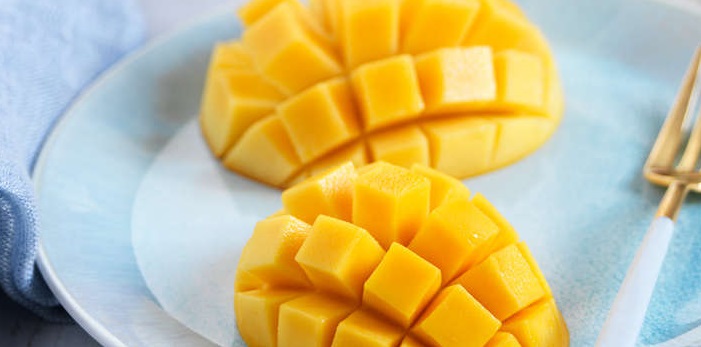Aussie mangoes maintain niche premium in Chinese market

The Australian mango industry continues to ship more volume directly to the Chinese mainland each year, but protocol challenges have meant many still have to opt for Hong Kong and other South East Asian markets instead to bank on Chinese New Year festival demand.
Australian Mango Industry Association (AMIA) CEO Robert Gray tells Fresh Fruit Portal while emerging growth in the United States and the Middle East bodes well for long-term prospects, three quarters of the country's mango exports go to Hong Kong and Singapore.
"The Asian market is very much the powerhouse of our export destinations at this point in time," Gray says.
"The vast majority of the mangoes that are sent into those markets are of the R2E2 variety which is a very large, highly blushed mango that is perfectly suited for gift-giving occasions.
"Those markets are sourcing other highly blushed varieties for some of the time, particularly varieties like Kent and sometimes they'll bring in Tommy Atkins, but they don’t have the flavor profile that the R2E2 has."
He says the positioning of Australian mangoes is "highly visual and attractive" with a focus on a high-flavor eating experience.
"That means that everything from the varieties that are selected through to the processes of grading and distribution through from the farm to the shelf, need to maximize those characteristics.
"The supermarket business definitely requires fruit to be presented in a ripe, ready-to-eat state, and that requires good temperature management.
"It also requires good maturity at harvest – there’s been a lot of focus by the Australian industry on improving its standards of maturity and the consistency of delivering those standards across all varieties."
He says a lot of Australian mangoes that are sold in China are re-packed on arrival into gift format packaging.
"That can be in two-packs, four-packs and one-packs that are specifically designed to showcase the appeal of the product and the size of the product," he says.
Protocol challenges, logistical advantages
He highlights an increase in the amount of fruit shipped directly to the Chinese mainland rather than through the Hong Kong gray market.
"The industry is doing all it can to increase that pathway. This year there was a very successful increase in the shipments of the Calypso variety directly into China - that worked well.
"The Manbulloo business has really been a driving force in that market, shipping Kensington Pride and R2E2 into that market for more than five years now, and the industry’s working on how we can further enhance protocols into that market so quality is delivered to consumers whilst delivering the protocol requirements of the Chinese.
He says the main challenge is the Chinese protocol requires vapor heat treatment (VHT), and there are only two facilities offering this service to the Australian mango industry.
"There’s one in Ayr in North Queensland, ust south of Townsville, and there’s another plant in Mareeba in Far North Queensland in the Atherton Tableland," Gray says.
"The constraint has been the availability and the access to that very expensive treatment process, and the acceptance at the Chinese end for product coming through that expensive treatment process."
While the vast majority of Australian mangoes shipped into Asia come from Queensland, there is also supply from the Northern Territory.
"It’s a long supply chain getting product from Northern Territory all the way across to North Queensland; some of the freight routes basically have product going all the way to Brisbane and pack up again, but having said that product does do that journey and outturns very successfully.
"But the vast majority of product [From NT] is going out of Darwin or it’s shipped from the Northern Territory into Brisbane, Sydney or Melbourne and being airfreighted out of there."
For the Queensland product exported to Asian nations, Gray highlights there is a big advantage as "the product is there within days".
"The product can be picked today, it can be shipped or put on a plane tomorrow, so it’s basically in market within 24-48 hours," Gray says.
"The ability for the exporters to customize their orders to retailer and customer requirements is very high and that’s really given Australia an edge in the marketplace.
"But we’re targeting very much the top end of the market – we’re not going to win the low-cost competitive mango game, so we stay very focused on where we do have a competitive advantage, which is around our genetics, our proximity to those markets, and our quality."
Speaking of competition, Gray is yet to see any significant impact from the Chinese opening for Ecuadorian mangoes, which have the advantage of low labor costs but this is somewhat offset by high freight rates getting to Asia, the fact Ecuador uses the U.S. dollar so does not reap currency benefits, and like Australia the fruit needs to undergo hot water treatment.
"I haven’t had feedback from any of our customers or exporters that that’s had a significant impact on their business this year," Gray says
"But certainly that’ll be worthwhile digging a little deeper to see what competitive change to the market that’s brought.
"Australia is a very small supplier in a very big market and we are quite targeted in the areas we’re in."








































